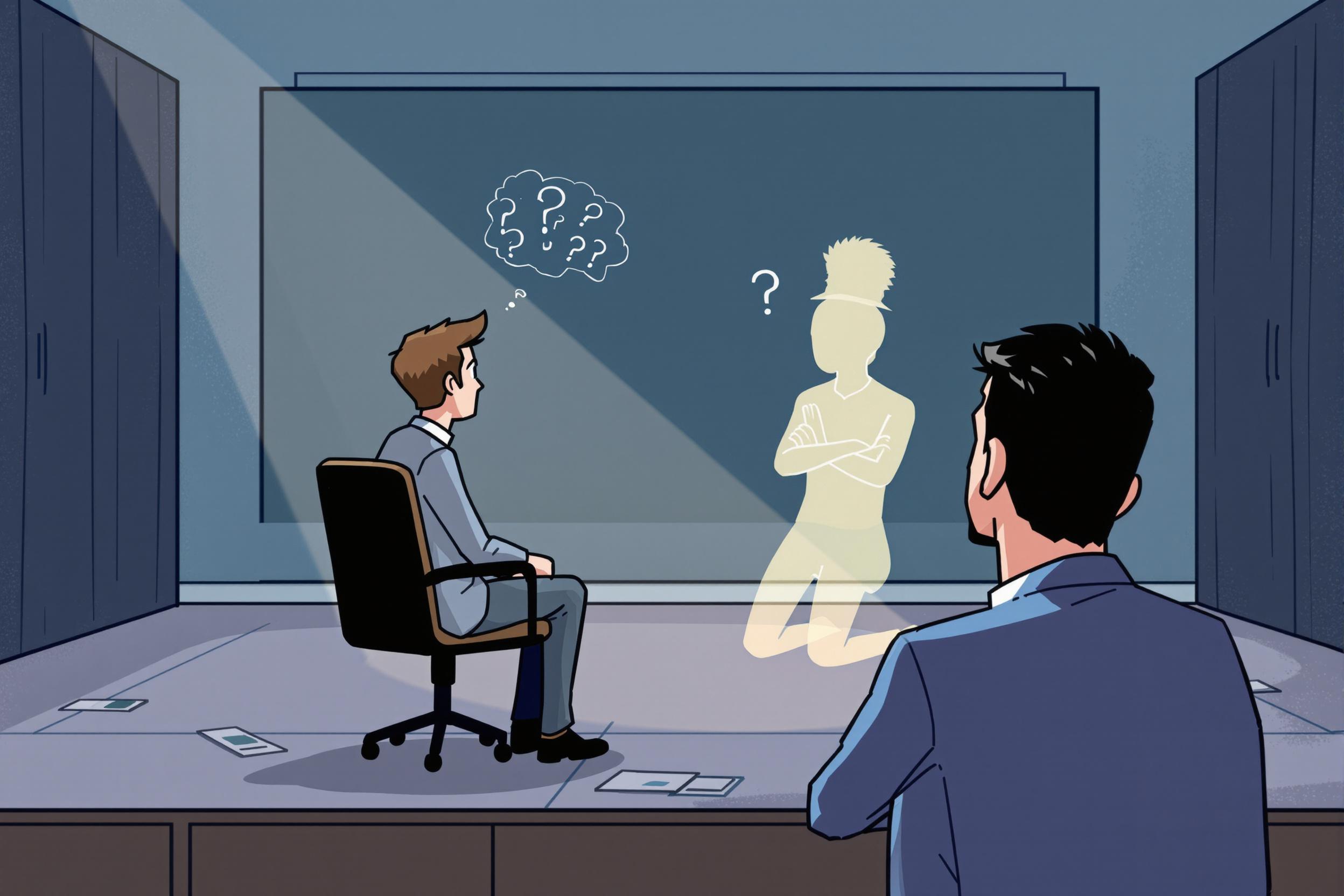
Re-gluing
Re-gluing is a fundamental furniture restoration technique where loose or separated wood joints are fixed by removing old adhesive and applying new glue to restore the furniture's stability. This process is essential for repairing chairs, tables, and other wooden furniture pieces where joints have become loose over time. Similar terms include joint restoration or furniture repair. It's a critical skill in furniture restoration that involves both taking apart and reassembling furniture pieces while maintaining their original integrity.
Examples in Resumes
Successfully completed Re-gluing repairs on over 200 antique chairs
Specialized in Re-glue work for high-value Victorian furniture pieces
Performed detailed Re-gluing and joint repairs on historical museum pieces
Typical job title: "Furniture Restorers"
Also try searching for:
Where to Find Furniture Restorers
Professional Networks
Trade Organizations
Example Interview Questions
Senior Level Questions
Q: How do you approach re-gluing delicate antique furniture with multiple loose joints?
Expected Answer: A senior restorer should explain their systematic approach to disassembly, cleaning, choosing appropriate glues, and using proper clamping techniques without damaging the piece. They should mention documentation of the process and consideration of the furniture's historical value.
Q: What factors influence your choice of glue for different restoration projects?
Expected Answer: Should discuss considerations like wood type, environmental conditions, reversibility for antiques, and strength requirements. Should mention specific types of glues and when each is most appropriate.
Mid Level Questions
Q: How do you ensure proper alignment when re-gluing chair joints?
Expected Answer: Should explain the use of reference marks, proper clamping techniques, and methods to check for square and level joints. Should mention the importance of dry fitting before final gluing.
Q: What are the signs that a piece needs re-gluing versus other repairs?
Expected Answer: Should be able to identify loose joints, failed glue lines, and structural weakness. Should explain how to test joints and assess the extent of needed repairs.
Junior Level Questions
Q: What basic tools do you need for re-gluing furniture?
Expected Answer: Should list essential tools like clamps, scraping tools for old glue removal, glue brushes, and cleaning supplies. Should demonstrate understanding of basic safety procedures.
Q: How do you prepare a joint for re-gluing?
Expected Answer: Should explain the process of cleaning old glue, ensuring surfaces are clean and dry, and basic joint assessment. Should understand the importance of proper surface preparation.
Experience Level Indicators
Junior (0-2 years)
- Basic joint identification and repair
- Simple glue removal and application
- Basic clamping techniques
- Understanding of common wood glues
Mid (2-5 years)
- Complex joint repair techniques
- Advanced clamping methods
- Knowledge of various adhesive types
- Ability to handle delicate pieces
Senior (5+ years)
- Expert antique furniture restoration
- Advanced problem-solving for complex repairs
- Deep knowledge of historical techniques
- Team leadership and training abilities
Red Flags to Watch For
- No knowledge of different wood glue types and their applications
- Lack of experience with proper clamping techniques
- Unable to identify different types of joints
- No understanding of wood movement and its effects on joints
Need more hiring wisdom? Check these out...

Ghosted Again? How to Stop Candidates from Disappearing and Start Engaging Them Better

From Farewells to Future Allies: Transforming Exit Interviews into Lifelong Connections

Rewiring Your Interview Templates for Better Candidate Experience

